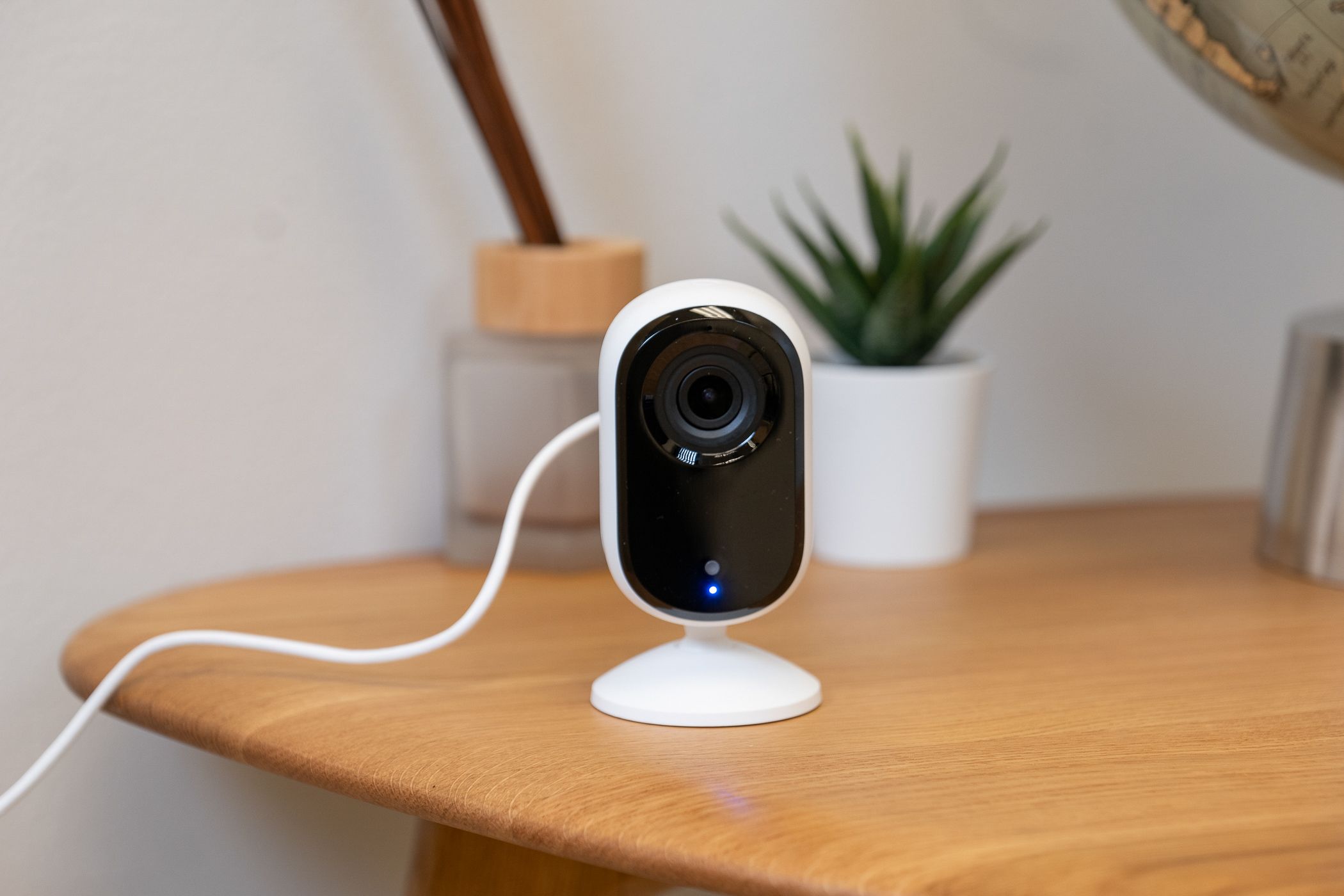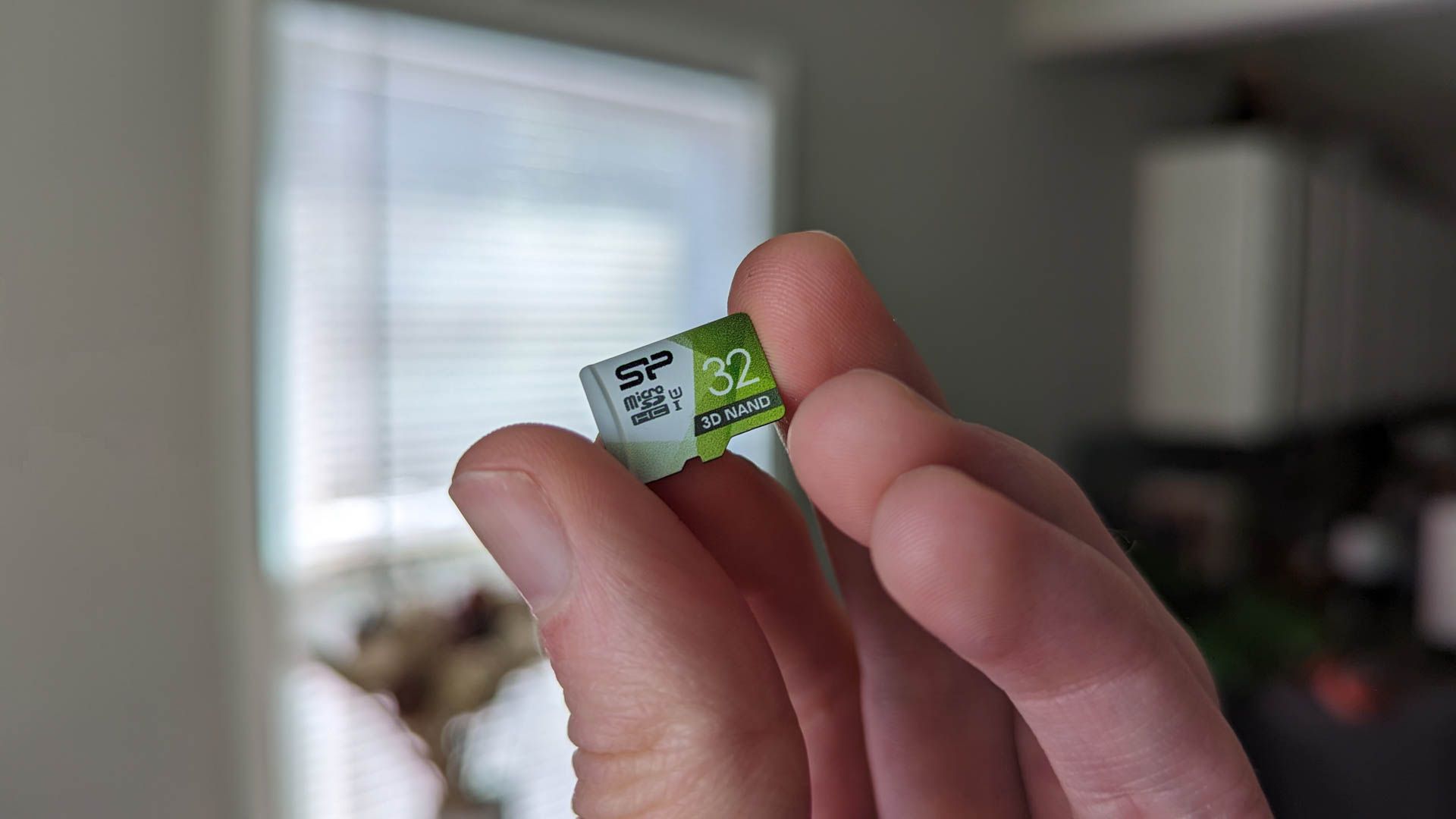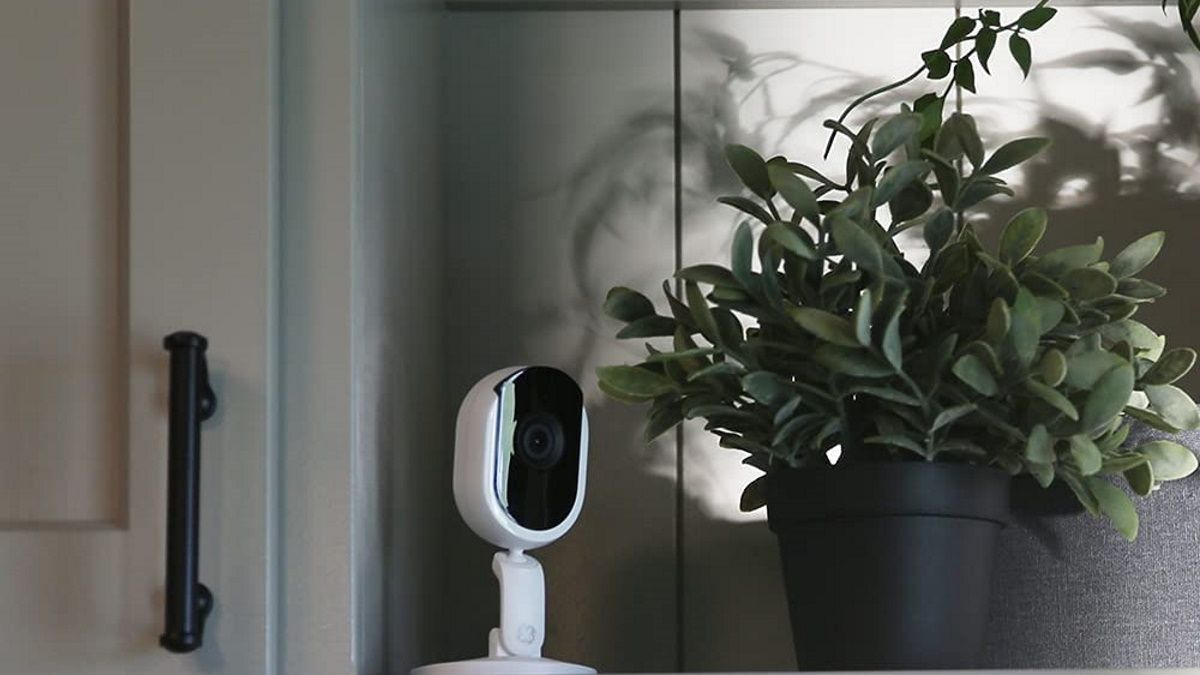Smart security cameras can play a valuable role in your home, but there are some potential downsides. These can range from putting your family’s privacy at risk to inadvertently breaking the law. Here are six things to think about before pressing the button.
1 Be Aware of the Risks
Most adverts for home security cameras make them seem like a solid purchase with no downsides. They’re all about keeping your family safe, helping you spot suspicious-looking figures creeping toward your door, the reassurance of seeing your kids are home from school, knowing that your babysitter is caring for your children rather than helping themselves to your valuables, and so on.
But as useful as home security cameras can be, they are also not entirely without risks. There have been security failures which have allowed complete strangers to view footage from inside homes, or access footage on SD cards. There have been cases of law enforcement being given access to doorbell video footage without the owner’s consent. All of this is before we even consider the legal position in different jurisdictions.
You may very well decide these risks are low enough that you’re happy to go ahead, but it should always be an informed decision.
2 Discuss Security Cameras With Your Household Members
Different people have very different attitudes to privacy and varying levels of risk aversion. For example, you may feel that the privacy risks are low enough to proceed, but your partner may be horrified by the idea of cameras inside the home. This is definitely a conversation to have before making any decisions.
If you have children, and they are old enough to have their own views on the issue, you may well want to ask how they would feel about it.
If you’re sharing a household with other adults, you’ll want to ensure that all of them are fully on board before you place your order. Getting everyone together for a house meeting to discuss the pros and cons, and reach a consensus view, would be the smart way to go here.
3 Check the Law in Your Jurisdiction
You may also need to check for any legal restrictions in your state or country. In most cases, the law gives you the right to film in a public place, so external cameras that include a view of the street are normally fine, but there are exceptions.
It’s often the case that the law has stricter controls over audio recording than video. Since almost all smart home cameras record sound too, then you’ll need to be satisfied that you’re not breaking any wiretapping laws. California, Florida, and Illinois are examples of states where all parties need to consent to audio recording.
Even within your own property, you need to consider the position of guests. In general, the law says it’s fine to shoot video in places where there is no reasonable expectation of privacy, but a visitor to your home might very well view your home as a private place.
Consulting a lawyer may be overkill, but a quick web search on the audio and video recording laws in your area is highly advisable.
4 Choose Between On-Board and Cloud Storage
In general, there are two main options when it comes to recording footage captured by smart cameras: on-board recording, and cloud storage.
On-board storage is usually recorded to an SD card slotted into the camera. If you have privacy concerns, this is the safer bet, as you aren’t (generally) exposed to the risks of data breaches within cloud services. The downside of on-board storage is that if a burglar spots a camera and steals it (or just takes the SD card), then the footage is lost.
Another consideration is how long recordings are retained. There may be cases where, for example, power tools are stolen from a garden shed, and the first you hear about it is when you go to use them weeks later.
Both cloud storage and SD cards limit how far back you can go. Cloud companies will state how long recordings are kept—which may vary by subscription tier—while SD card capacity will limit on-board footage.
So think about how far back you may potentially need to go when selecting cameras, subscriptions, and recording media.
5 Think Carefully About Camera Positioning
Even within your own home, it’s generally illegal to record footage in places where anyone in the home, including guests, would have a reasonable expectation of privacy.
You’re obviously not going to put cameras in bathrooms or guest bedrooms, but with many cameras offering wide angles, you need to check exactly what is within the frame of each. You may well find that a camera placed in a hallway includes a partial view of a bathroom or bedroom, for example, and since it’s not advisable to rely on doors always being closed, it’s a good idea to adjust the positioning and angle to exclude any sensitive areas.
Conversely, you may be able to take advantage of those wide angles to reduce the number of cameras you need. For example, it may well be possible to cover both your doorstep and driveway with one camera when it is carefully positioned and angled.
Just as you want to ensure that your recordings go back far enough in time to cover any issues that take time to come to light, you may also want to consider the opposite issue. Given the privacy risks I mentioned, it makes sense to reduce your exposure by ensuring you’re not keeping recordings for longer than required.
You may be able to control this by careful choice of cloud subscription tier, or by limiting the size of your SD card. Otherwise, you may want to put in place a plan for deleting old footage once it’s no longer required.
Additionally, you may want to delete individual clips if you realize they contain sensitive footage. If you end up prancing around the kitchen in your underwear while everyone’s away for the weekend, for example, you may want the peace of mind of knowing that the recording is deleted sooner rather than later!
Security cameras are among the most effective smart home devices, but they’re not without their issues. Be up-front about the potential issues before you install them so that you can avoid any pitfalls. If you decide to go ahead, check out our guides to the best security cameras and best outdoor cameras.






